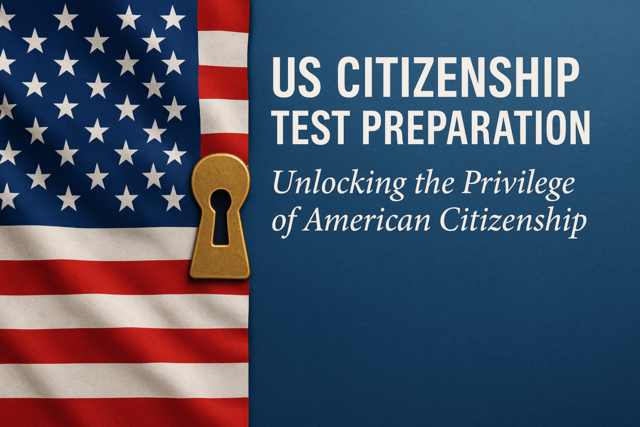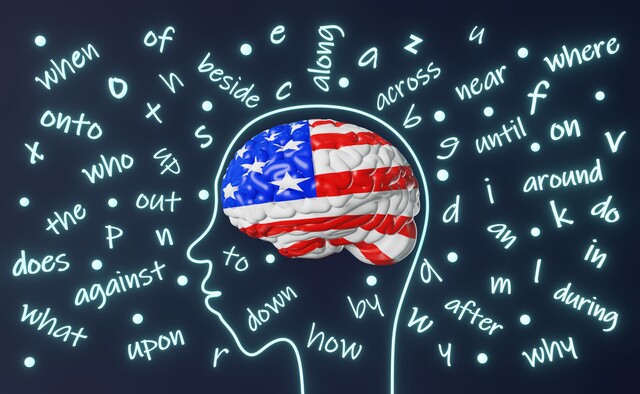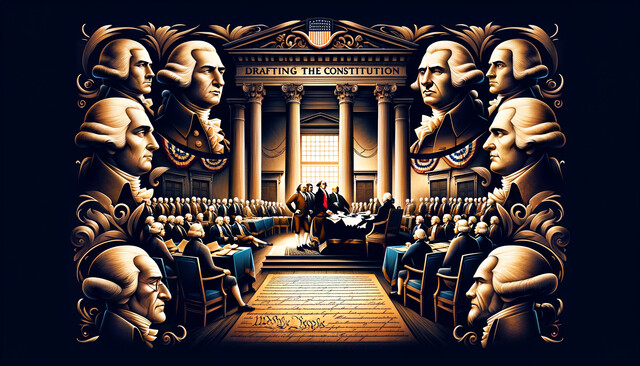How to Win Arguments
Master Persuasion, Achieve Victory

7 Hours average completion time
0.7 CEUs
15 Lessons
23 Exams & Assignments
15 Videos
32 Reference Files
111 Articles
Mobile Friendly
Last Updated December 2025
Mastering the Art of Persuasion: Dive Deep into Winning Arguments
In the realm of debate, persuasion, and discourse, the ability to construct a compelling argument is both an art and a science. Our groundbreaking course, "Winning Arguments," seeks to meld these two realms to cultivate a powerful skill set in you.
Two key objectives guide this course:
-
Immerse learners in the rich tapestry of classical arguments, equipping you to craft resonant and persuasive oral or written content, be it for the boardroom, the stage, or daily life.
-
Sharpen essential cognitive tools: critical thinking, synthesis, articulate writing, keen evaluation, and introspective reflection.
The art of argumentation has its roots in the historic streets of Athens, where pioneering minds like Socrates, Plato, and Aristotle laid the bedrock for modern rhetoric. Harnessing the timeless techniques championed by these luminaries, our course intricately weaves historical depth with contemporary application.
Across fifteen meticulously crafted lessons, learners will journey from foundational concepts to advanced techniques. Every module is structured to introduce the topic, delve into its historical and contemporary relevance, and furnish practical strategies peppered with real-world examples.
Each lesson culminates in an interactive assessment, ensuring that the knowledge gained is both understood and applicable. Those who navigate this journey with dedication and achieve a grade of 70% or higher will be rewarded with accredited CEUs, a testament to their prowess in the art of argumentation, a credential to augment their professional journey.
Embark on this journey and master the age-old art of winning arguments, blending the wisdom of the ancients with modern techniques for unparalleled persuasive prowess.
- Advanced persuasive communication
- Effective rhetorical strategies
- Identification of logical fallacies
- Coherent evidence presentation
- Argument structure optimization
- Enhanced critical thinking
- Logical reasoning acumen
- Integrated synthesis techniques
- Mastery of classical argumentation
- Insightful self-evaluation methods
-

American History Review
-

GED Test Preparation
-

Emotional Healing 101
-

How to eBay
-

Snakes of the Western Hemisphere
-

Habits of Millionaires
-

Positive Parenting Techniques
-

Weight Loss Management
-

Spiders and Other Insects in North America
-

The Art of Setting Goals
-

US Citizenship Test Preparation
-

Introduction to Ethics
-

Understanding Insurance Types
-

Etiquette 101
-

Introduction to Logic
-

Great Family Vacations
-

Child Safety for Teachers
-

Introduction to SQL
-

Basic English Speaking Skills
-

Teaching Grammar to ESL Students
-

Health Education 101
-

John Adams (American Presidents Series)
-

Lush Horizons: Tropical Gardening for Beginners
-

Adobe Photoshop
-

Etiquette Consultant